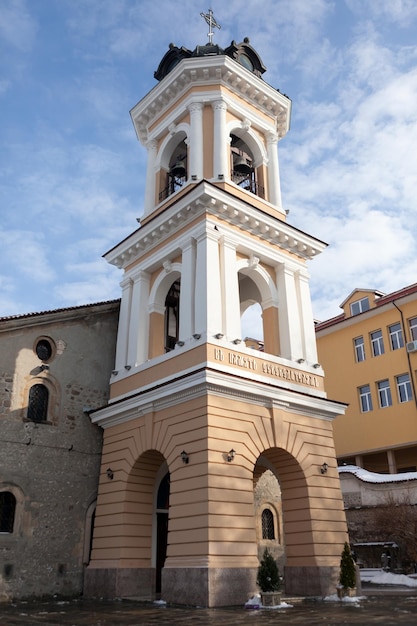
“It’s the most beautiful city in all of Bulgaria,” Orlina declared as we made our way to Plovdiv. That was quite a statement to live up to, but knowing it was one of her favorite places made me even more excited. Orlina, although from Bulgaria, had been living in Jordan at the same time I was, so visiting her in her homeland felt special.
Plovdiv is not only considered the oldest inhabited city in Bulgaria but also one of the oldest in all of Europe, standing alongside historic giants like Athens and Thebes. While there are ancient sites like Lepenski Vir in Serbia, Plovdiv remains a vibrant city today.
What a city it is! With a history spanning thousands of years, it has witnessed the rise and fall of countless dynasties and empires. Like many other ancient cities, Plovdiv is built on seven hills, a common trait shared with places like Rome, Istanbul, Amman, and Athens.
What to See and Do in Plovdiv
Roman Theater
Built in the 2nd century BC, this well-preserved ancient theater could once accommodate over 5,000 spectators. Today, it still hosts performances, although it was closed for an upcoming concert during our visit.
Historic Center
The old town of Plovdiv is captivating, with its well-maintained wooden houses scattered across the hills. It’s a popular spot for both locals and tourists, particularly those celebrating weddings—we saw numerous couples tying the knot during our stay.
Museums
Plovdiv boasts an array of museums, such as the stunning Ethnographic Museum and the Archaeology Museum. Given the city’s rich history, it’s no surprise that it has so much to offer. The museum buildings themselves are architectural gems.
Shopping
While I’m not an avid shopper, I enjoyed the city’s pedestrian streets, lined with charming buildings and various shops. It’s a delightful area to stroll through, especially in good weather.
Religious Diversity
One aspect of Plovdiv that intrigued me was its noticeable religious diversity. We saw several mosques and people dressed in Islamic cultural attire, reflecting the city’s significant Muslim population, which is around 8%. The Dzhumaya Mosque, a striking 15th-century building, stands out in the downtown area and serves as a historical landmark.
Plovdiv was designated the European Capital of Culture in 2019, making it an even more attractive destination. Its recognition as a UNESCO World Heritage Site underscores its historical importance. Visiting Plovdiv was undoubtedly a highlight of my travels through the Balkans, and I eagerly look forward to returning soon.